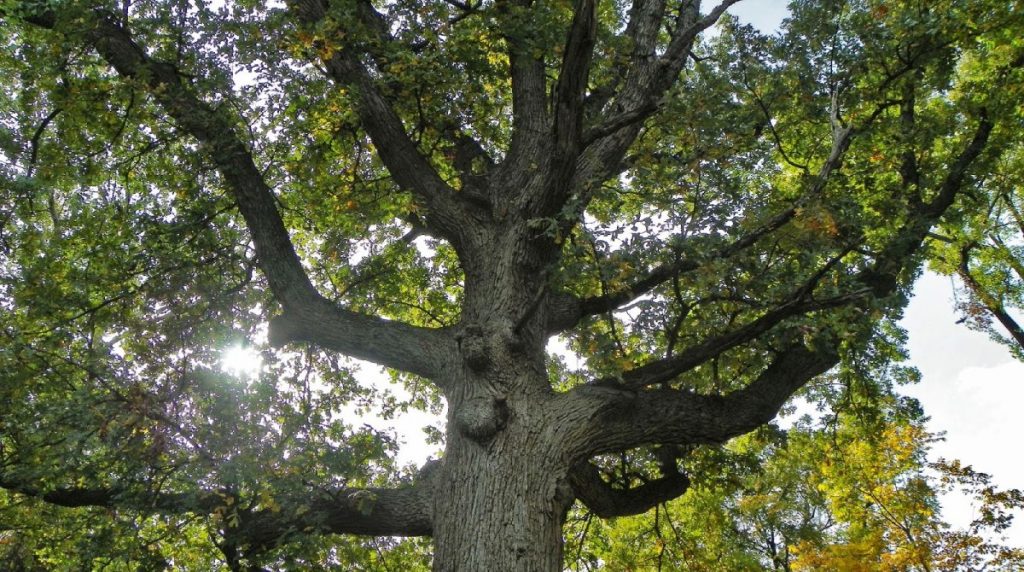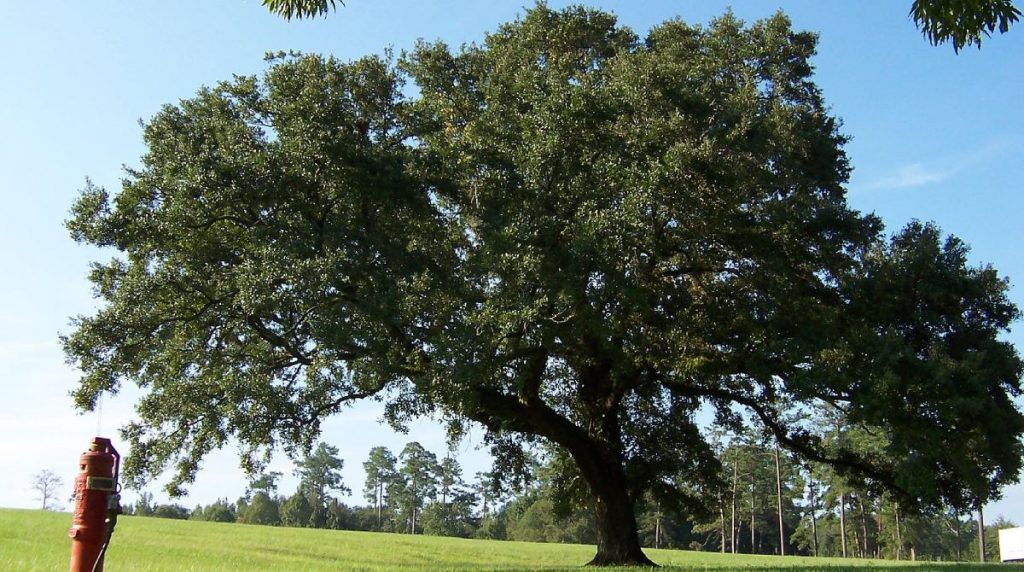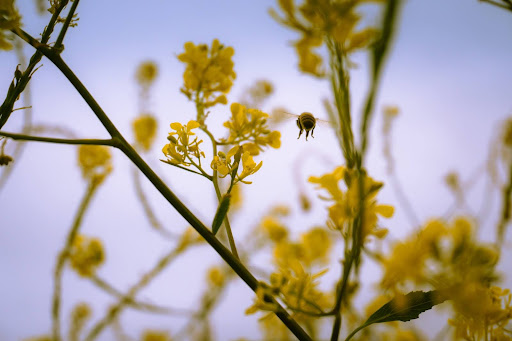
Date March 10, 2022
Category
Texas is the land of oak trees – but between post oaks and bur oaks, two of the most common types of oak trees in the Lone Star State, how can you tell which one you’ve got in your yard? How do you take care of which? What exactly is the difference between the two species? Well, you’ve come to the right place to find out!
POST OAK
What is a post oak?
The post oak tree (aka the Quercus stellata aka iron oak aka rough oak aka box white oak) is a member of the North American white oak family. Known for its slower growth rate, this deciduous tree typically reaches a full height between 40 feet and 107 feet tall with a relatively slim trunk diameter of 1 to 2 feet across.
Where are post oaks found?
They’re found in a wide range of terrains – from dry to rocky to sandy to woodsy – in Massachusetts, Iowa, Florida, and yep, Texas, too!
Where do post oaks grow best?
While they’re tough enough for varied climates, post oaks do best in iron-rich, well-drained soil mixes like that of the Cross Timbers region here in Texas.
Post oaks love full sun exposure and require less and less watering as they mature, making them ideal for withstanding drought-prone areas once fully grown.
How do you identify a post oak tree?
Post oak trees are most easily identified by their uniquely patterned and roughly textured foliage and the pale yellow fuzz on the underside of the dark green leaves. These leaves are on average between 4 and 6 inches long with 5 lobes.
The yellow fuzz also runs along the twigs scattered throughout the canopy. While the post oak bark can look a lot like other white oaks, it has a darker shade with more clearly defined ridges upon closer inspection.
How to care for post oak trees?
Be very careful with how much moisture this tree receives in your yard. Because their needs for water are so minimal, they are also at high risk of developing root rot if over-watered.
- If root rot is something you’re dealing with or need tips on preventing in your trees, check out our guide to Root Rot of Texas Trees
With this in mind, be very careful spreading mulch around a post oak unless you’re sure of the saturation in the surrounding soil – mulch retains moisture!
Also, make sure the position of your post oak allows it to get direct sunlight for at least 6 hours every day.
Why is a post oak called a post oak?
For your next trivia night… the post oak is such a hardy and durable wood in many soil types and resistant to rot and fire that it became commonly used for cabinetry and woodworking but especially for fenceposts – hence, the wood type took on the name ‘post oak’!
BUR OAK
What is a bur oak?
The bur oak tree (or Quercus macrocarpa OR burr oak OR mossycup oak OR scrub oak OR blue oak OR…) is also a member of the North American white oak family. Very different in dimension from the post oak, this tree maxes out at around 80 feet with a trunk diameter of 5 feet.
Where are bur oaks found?
Bur oaks are most native to the North Central region of Texas and on up through much of the Midwest before topping out around Manitoba, Canada.
Where do bur oaks grow best?
This oak tree can be found naturally growing mostly in areas that are well-drained like along creeks and rivers in moist woodlands, but they also are known to pop up in prairies and sandhills on occasion.
They can handle both alkaline and acidic soils, though their ideal soil is of the loamy variety.
How do you identify a bur oak tree?
You know it’s a bur oak by the massive, fringed cap on its acorn – so massive that it looks like the cap almost swallows the entire acorn itself!
The bark of the bur oak is quite dark with long ridges, while its leaves are contrastingly light in comparison though still a deep shade of green. They are around 10 inches long (much longer than the post oak’s) with a lovely, polished top and dulled underside. Very veiny, as well!
How to care for bur oak trees?
Much like the post oak, this tree needs at least 6 hours of direct sun exposure every day.
Very unlike the post oak, however, the thirsty bur oak is not nearly as well-suited for drought conditions.
Make sure for at least the first 3 years after planting that it’s given generous watering and mulched well to ensure a healthy root system establishes.
Why is a bur oak called a bur oak?
Something we’re sure you’ve been dying to know… the name ‘bur oak’ comes from the cup of its acorns that looks noticeably like the prickly bur of chestnuts!
No Matter Which Oak You’ve Got, TreeNewal Can Help!
Both post and bur oak trees need to be pruned every 2 to 3 years as they mature and then cut back to every 3 to 5 years once fully developed. Take a look at our post all about How to Protect Oak Trees from Oak Wilt, too, as oak trees are uniquely prone to the risk of oak wilt if not pruned properly.
For the safest option to prevent pruning cuts and oak wilt, rely on the pros at TreeNewal to handle it for you!
If you need help with tending to your post and bur oak this spring season, get in touch with the ISA-certified arborists at TreeNewal and enjoy tailored tree care advice.
To learn more about Post Oaks vs Bur Oaks: What’s the Difference?, call our Argyle and Southlake-based teams
at tel:(817) 592-6846 or send us a message.
We’re a little different than the average tree services company.
Learn more about TreeNewal’s ISA Certified Arborists!
Our Dallas/Fort Worth-based tree doctors can explain how sustainable tree care services add more value to your bottom line.
Healthy trees, healthy lives.








